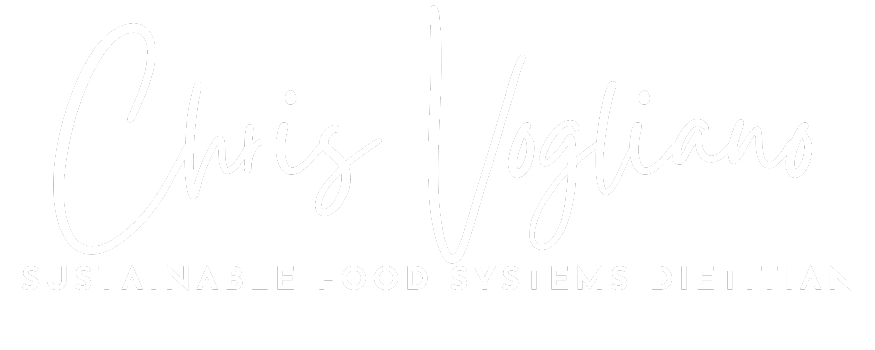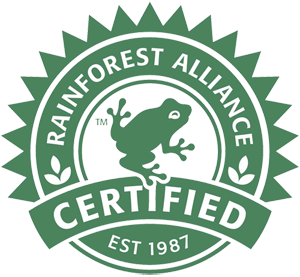3 tips for consuming coffee MORE mindfully - how you can make a difference
Let's be honest - coffee is absolutely delicious. I love coffee in almost fashion - from soy lattes, to ultra-hipster cold brew, or even just a plain and simple drip. Coffee and I's relationship ebbs and flows (mostly flows) depending on my work load and/or the number of consecutive grey, rainy days here in Seattle. We are known for our coffee for a reason, after all - and it's damn good I might add!
As someone who loves learning about sustainable food systems, I couldn't help to wonder - where does our $3.50 go each time we purchase a craft beverage from our local barista? What is the environmental impact?
3 simple ways you can be more mindful when consuming your beloved cup of coffee:
CONSIDER THE WATER:
It takes ~50 gallons of water to make a latte (including the cup, sleeve, lid and milk). That's actually quite a bit considering that America is the largest consumer of coffee. To put this in perspective - a standard bathtub filled to the brim is only 24 gallons. More on that here. I know I personally can consumer 2-4 cups a day without batting an eye. This is where the mindful consumption piece comes in.UNDERSTAND THE ENVIRONMENTAL IMPACT:
Growing coffee requires A LOT of land, and not all coffee is grown equally. Many farms buzz down the natural landscape to create room for these caffeine-packed bushes, destroying the natural ecosystem of the land. This is not so great if we are looking to sustain our environment for the future. Luckily there's a simple solution to help with this. Look for coffee that is Shade Grown or bears the Rainforest Alliance Certified symbol (see below). This means the coffee is grown in matrimony with the natural environment, which helps maintain the land's biodiversity. Albeit not 100% perfect, it's a great start - and it's easy.
More on why coffee growers choose shade grown here, and more on what Rainforest Alliance Certification means here.VOTE WITH YOUR DOLLAR FOR FAIR LABOR PRACTICES:
Coffee is typically grown in very poor parts of the world. Many coffee farmers earn less than $2.00 a day. The contrast between their salaries and our hefty prices can make you start to question why we are paying $3.50 per cup. The good news is that there's a third party organization that helps to ensure fair business practices for farmers. Look for the Fair Trade symbol (see below). This verification ensures the farmers are treated fairly and paid a living wage, which can often translate to providing food for low-income famers, or even sending their kids to school. This is also a very good thing. More on the importance of fair trade coffee here.
SUMMARY
So we can continue to love coffee (trust me, I do), but we should also be consiencious about how much we consume (water), how it's grown (environment), and who grew it (fair labor practices). Since we can't go to our local farmers market and meet the coffee grower first hand (unless you live in Central America, perhaps), we can check for the two verification symbols - rainforest alliance certified and fair trade. If you purchase coffee at your local shop, ask your barista (preferably the one with the mustache) about where they source their beans. If they aren't sure, have them find out. Start the conversation - this is how change is made. These small details may seem insignificant, but they can make a world of a difference for both farmers and our the health of our lovely planet.




